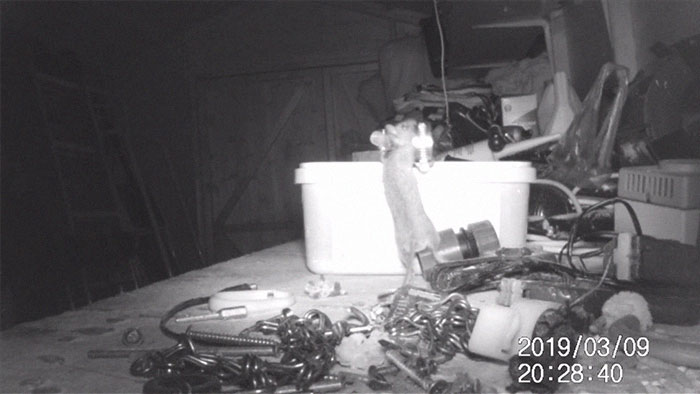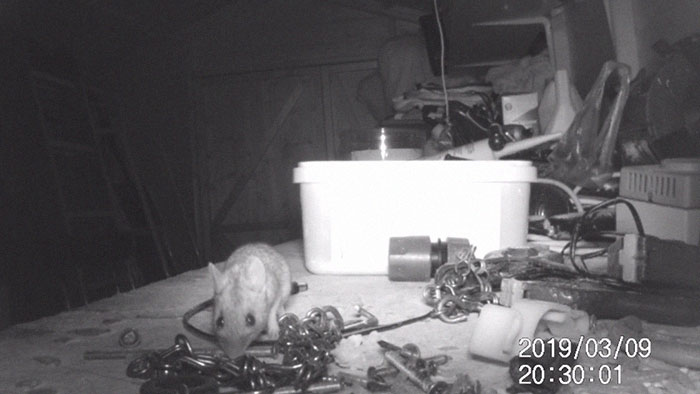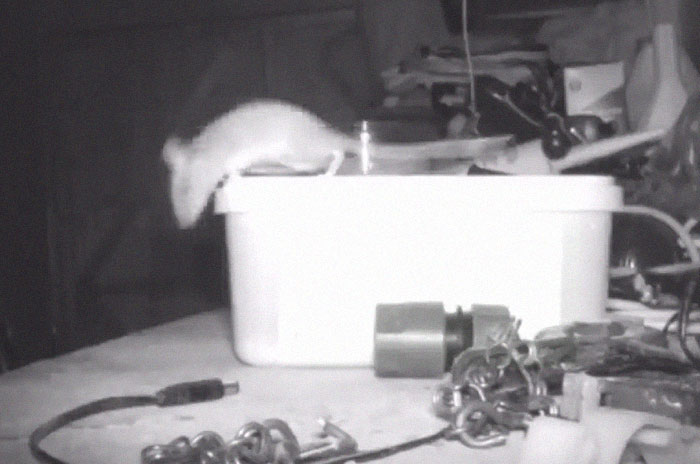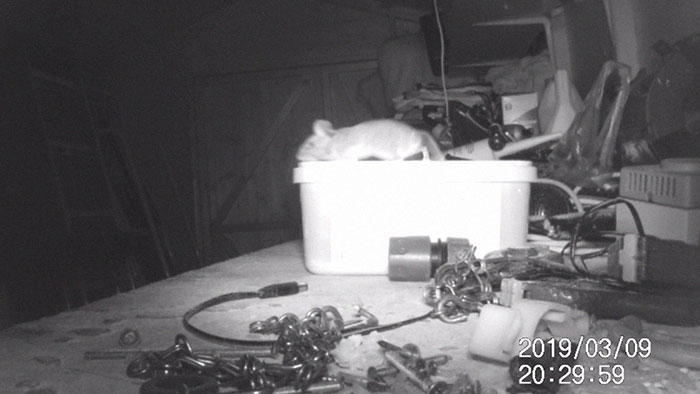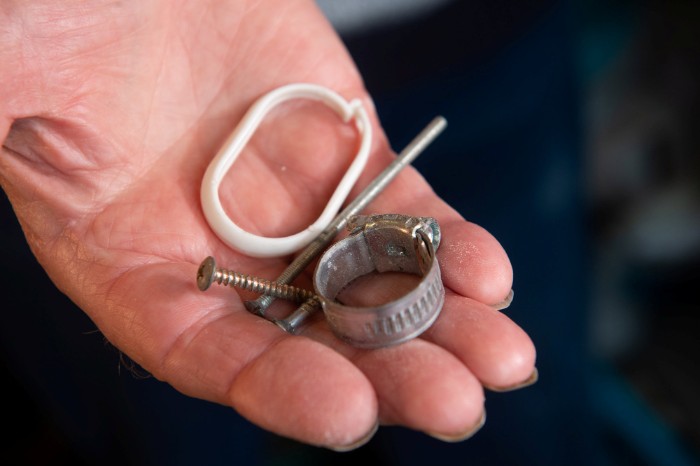Deadlines are valuable, and deadlines are expensive.
Organized systems and societies need deadlines. It would be impossible to efficiently build a house if the subcontractors could deliver their goods or services whenever it were convenient for them. Movie studios and book publishers schedule their releases months in advance to allow distribution teams to plan their work. Software is dependent on subsystems that have to be in place before the entire program can work.
Along with the value that synchronized deliverables create, there are also real costs. Not simply the organizational cost of a missed deadline, but the significant damage to a reputation or brand that happens when a promise isn’t kept. And there’s a human cost–the stress and strain that comes from working to keep a promise that we might not have personally made, or that might be more difficult because someone else didn’t perform their part of the dance.
In the wide-open race for attention and commitments, the standards of deadlines have been wavering. For forty years, Saturday Night Live has gone on at 11:30. Not, as its creator says, because it’s ready, but because it’s 11:30. That’s the deal.
On Kickstarter, this sort of sacrosanct deadline is rare indeed. “This charger will ship in six weeks!” they say, when actually, it’s been more than a year with no shipment date in sight. Or with venture capitalists and other backers. “We’re going to beat the competition to market by three months.” Sometimes it feels like if the company doesn’t bring wishful thinking to the table, they won’t get funded. Given that choice, it’s no wonder that people get desperate. Wishful thinking might not be called lying, but it is. We should know better.
Earning the reputation as someone (a freelancer, a marketer, a company, a leader) who doesn’t miss a deadline is valuable. And it doesn’t happen simply because you avoid sleeping and work like a dog. That’s the last resort of someone who isn’t good at planning.
Here are some basic principles that might help with the planning part:
- If you’re competing in an industry where the only way to ‘win’ is to lie about deadlines, realize that competing in that industry is a choice, and accept that you’re going to miss deadlines and have to deal with the emotional overhead that comes with that.
- Knowing that it’s a choice, consider picking a different industry, one where keeping deadlines is expected and where you can gain satisfaction in creating value for others by keeping your promises.
- Don’t rely on false deadlines as a form of incentive. It won’t work the same on everyone, which means that some people will take you at your word and actually deliver on time, while others will assume that it was simply a guideline. It’s more efficient to be clear and to help people understand from the outset what you mean by a deadline. The boy cried wolf but the villagers didn’t come.
- At the same time, don’t use internal deadlines as a guaranteed component of your external promises. A project with no buffers is certain to be late. Not just likely to be late, but certain. Better buffers make better deadlines.
- Embrace the fact that delivering something on a certain date costs more than delivering it whenever it’s ready. As a result, you should charge more, perhaps a great deal more, for the value that your promise of a deadline creates. And then spend that money to make sure the deadline isn’t missed.
- Deadlines aren’t kept by people ‘doing their best.’ Keeping a deadline requires a systemic approach to dependencies and buffers and scenario planning. If you’re regularly cutting corners or burning out to meet deadlines, you have a systems problem.
- The antidote to feature creep isn’t occasional pruning. That’s emotionally draining and a losing battle. The answer is to actively restructure the spec, removing or adding entire blocks of work. “That will be in the next version,” is a totally acceptable answer, particularly when people are depending on this version to ship on time.
- A single deadline is a deadline that will certainly not be met. But if you can break down your big deadline into ten or fifteen intermediate milestones, you will know about your progress long before it’s too late to do something about it.
- The Mythical Person-Month is a serious trap. Nine people, working together in perfect harmony, cannot figure out how to have a baby in one month. Throwing more people at a project often does not speed it up. By the time you start to solve a deadline problem this way, it might be too late. The alternative is to staff each component of your project with the right number of people, and to have as many components running in parallel as possible.
- Bottlenecks are useful, until they aren’t. If you need just one person to approve every element of your project, it’s unlikely you can run as many things in parallel as you could. The alternative is to have a rigorous spec created in advance, in which many standards are approved before you even begin the work.
- Discussions about timing often devolve into issues of trust, shame and effort. That’s not nearly as helpful as separating conversations about system structure and data from the ones about commitment and oomph.
- Hidden problems don’t get better. In a hyper-connected world, there’s no technical reason why the project manager can’t know what the team in the field knows about the state of the project.
Like most things that matter, keeping deadlines is a skill, and since it’s a skill, we can learn it.
[More on this in my next post on what to do if you can’t avoid breaking your promise.]


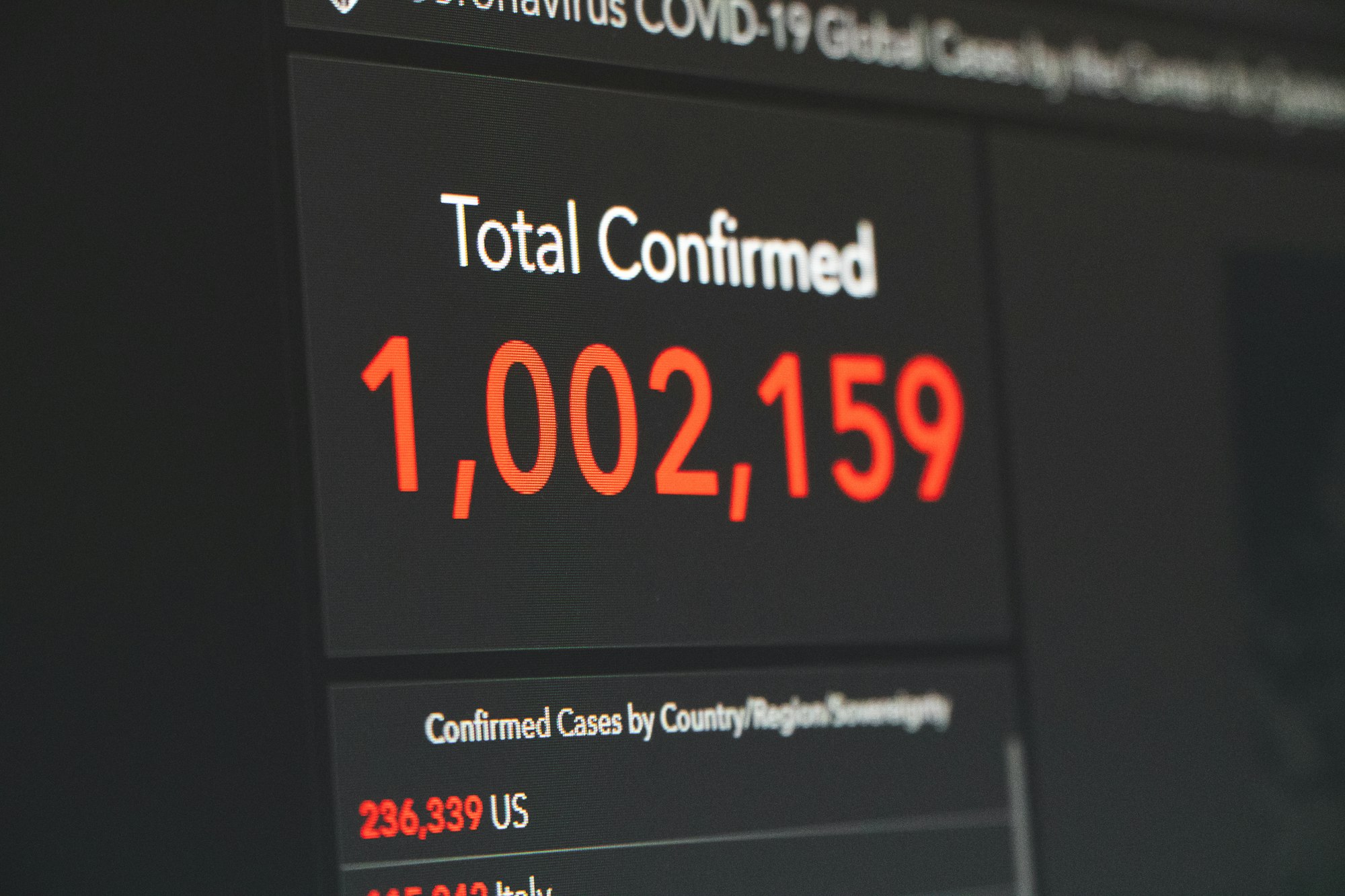




 No matter how extensively you are testing or planning to test your app, take this piece of advice: start your working environment with automated tests triggered before merging any pull request (check tools like
No matter how extensively you are testing or planning to test your app, take this piece of advice: start your working environment with automated tests triggered before merging any pull request (check tools like 



